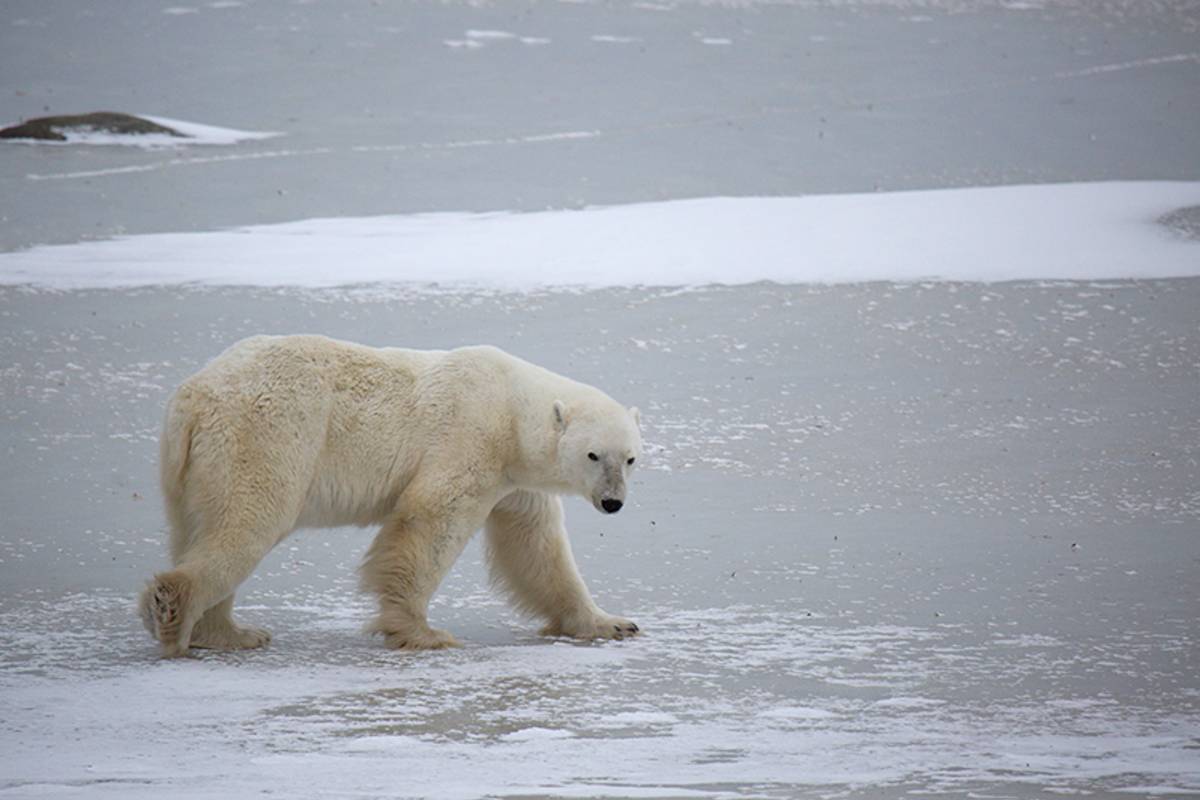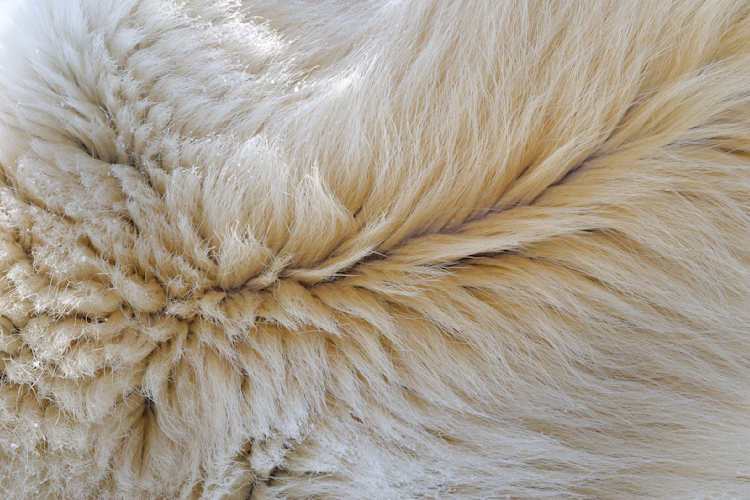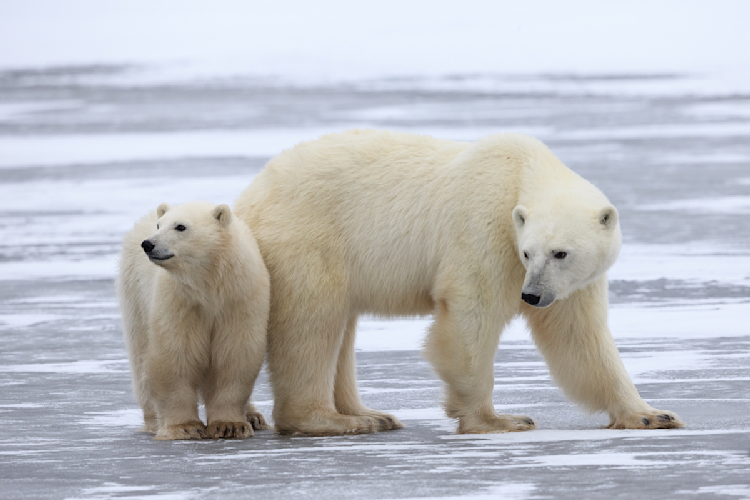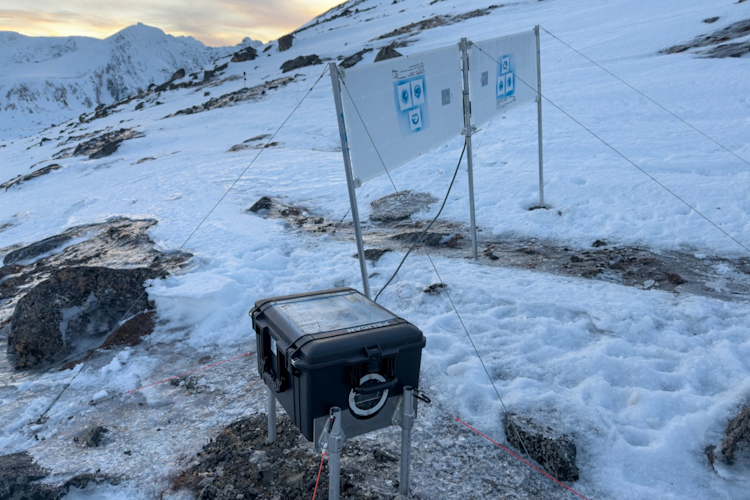When most people think of polar bear research, they picture fieldwork on the sea ice in numbing, subzero cold. Yet exciting advances in polar bear science also take place in the warmth and comfort of research labs. Thanks to constantly evolving technological and methodological advances, we can now gain detailed insights by studying polar bear hair, claw, and fat samples—learning about the diet, pollution levels, and health and reproductive status of various polar bear populations.
Many of these lab studies start out with what we call an exploratory approach—pilot studies where we go in not knowing what results to expect, but with the intention of casting light on a new method and its potential uses.
Much of my research career has focused on developing and applying new analytical methods for assessing polar bear health. Because minimally invasive monitoring methods are close to my heart, this includes a focus on polar bear hair, which can be collected in the field by simple hair traps.
Innovative approach
My latest lab project along these lines involved lasers, polar bear hair, and a unique collaboration at the University of Alberta between the Department of Biology, the Department of Earth and Atmospheric Sciences, and Environment and Climate Change Canada—a partnership that allowed us to look deep within polar bear hair to see what we could find.
Earlier this month, we published the results in Ecological Indicators, sharing our findings from two kinds of hair from 15 adult male polar bears: guard hair and foreleg guard hair.
All polar bears have guard hairs, but only adult males have the long foreleg guard hairs. While regular guard hairs are usually 4-6 cm long, foreleg guard hairs have been found as long as 42 cm and likely represents multi-year growth. We took one of each type of hair from all bears in the study, mounted them on a microscope slide, and used the laser to drill tiny holes every 3 mm (with a diameter of 0.05-0.09 mm) along each hair strand. The drilling action resulted in hair dust, which was suctioned directly from the laser into a mass spectrometer—an incredible bit of analytical machinery which, in short, can identify elements based on their mass and electrical charge.
In our case, we used the mass spectrometer to see if we could quantify the trace elements arsenic, cadmium, copper, iron, lead, mercury, selenium, strontium, and zinc in the hair dust samples. There are two kinds of trace elements that exist in our bodies in minute quantities: essential trace elements, which are vital for living organisms in certain concentrations, and non-essential trace elements, which have no biological function. The line between the two isn’t always straightforward, but mercury, lead, cadmium, and strontium, for example, can be considered non-essential.
Importance of trace elements
Why look for these nine elements? Well, for non-essential trace elements, the presence of mercury is interesting as it reflects the bear’s intake of this highly toxic compound, and strontium is interesting because it may provide a way to trace polar bear movements—it’s already been used in whale baleen as well as human hair to recreate their movement history. Essential trace elements are also interesting, partly because they reflect the physiological health of the bear, but also because they reveal other information. For example, selenium moderates mercury toxicity, and iron may be related to the bears’ feeding patterns. That’s because adult, solitary polar bears in their prime may be better hunters and thus eat more seal blubber, which is low in iron, while smaller or elderly bears may scavenge more and thus eat more seal muscle, which has more blood and a higher concentration of iron.
Our study showed that the nine trace elements listed could indeed be quantified in both guard hair and foreleg guard hair, and that some of the compounds showed cyclicity in their concentrations along the hairs. This means that the method may have applications down the line for monitoring polar bear populations.
Increasingly, researchers are including polar bear hair samples in their studies. Our findings show that questions such as the ones raised above can be potentially be addressed by analyzing those samples, giving scientists an additional method in their toolbox and pushing the frontiers of polar bear research.
Dr. Thea Bechshoft is a staff scientist with Polar Bears International, based in Aarhus, Denmark.

















